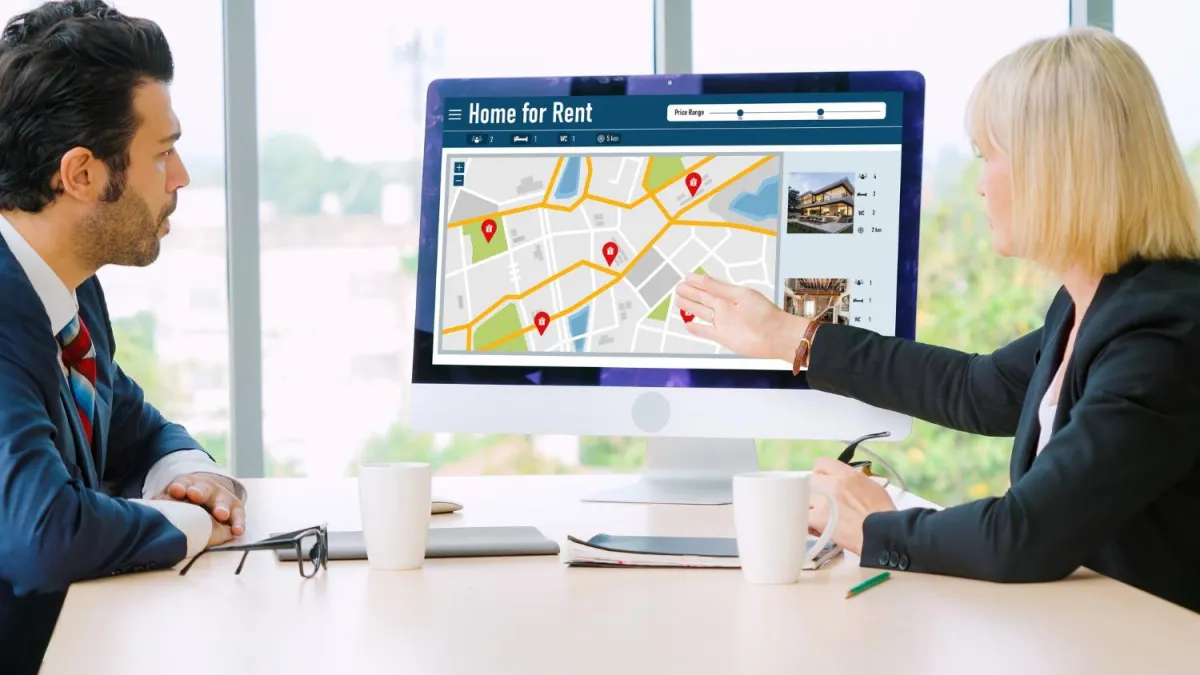240-447-5261
Blog

Blog

Geofence Advertising Boosting Local Business with Precision Targeting
Geofence advertising is changing how local businesses attract customers. It uses GPS technology to create a virtual boundary around a specific area, like a store or event. When smartphones enter this area, they get special ads. These ads can be about sales, promotions, or new products. Read on to learn how geofence advertising works and how its benefits can help local businesses grow.
Understanding Geofence Advertising
Geofence advertising uses GPS or RFID technology to create a virtual boundary around a specific location. This location could be a store, an event, or any area of interest. When people with smartphones enter this area, they receive targeted ads. These ads can be notifications, texts, or even in-app messages.
Setting up a geofence is pretty straightforward. First, you choose the geographic area you want to target. Next, you create the ads that will be shown to people in this area. These ads can be anything from discounts to announcements about new products. Finally, you launch the campaign and start tracking the results.
Geofence advertising is highly effective because it reaches people when they are close to your business. This is especially useful for stores, restaurants, and other local businesses that rely on foot traffic.
Benefits of Geofence Advertising for Local Businesses
Geofence advertising offers a lot of benefits for local businesses. Here are some of the key advantages:
1. Increased Foot Traffic: By sending targeted ads to people who are nearby, you can drive more visitors to your location. This is especially useful for retail stores, restaurants, and service providers.
2. Better Targeting: Unlike traditional advertising methods, geofence ads reach people who are more likely to be interested in your business. This increases the effectiveness of your marketing efforts.
3. Cost-Effective: Geofence advertising allows you to target a specific area, which means you spend less money on ads. You only pay for ads that are shown to people within your chosen area.
4. Real-Time Engagement: You can send real-time offers and promotions to people who are close by, encouraging them to visit your store right away.
5. Data and Analytics: Geofence advertising provides valuable data on customer behavior. You can see how many people saw your ad, how many clicked on it, and how many visited your store as a result.
6. Personalized Marketing: You can create personalized messages tailored to the interests and behaviors of your target audience. This increases the chances of people responding to your ads.
How to Set Up and Implement Geofence Advertising
Setting up a successful geofence advertising campaign involves several key steps. Here’s a simple guide to help you get started:
1. Define Your Goals: Start by identifying what you want to achieve with your geofence advertising campaign. This could be increasing foot traffic, promoting a special offer, or driving sales.
2. Choose Your Geofence Area: Select the geographic area where you want to target potential customers. This could be around your business location, competitor stores, or popular local events.
3. Create Engaging Ads: Design visually appealing and engaging ads that capture attention. Use clear and concise messaging that highlights your offer or key selling points.
4. Select Ad Platforms: Choose the platforms where your ads will appear. This could be through mobile apps, social media, or specific websites that support geofencing.
5. Set Up Geofencing Technology: Use geofencing software or partner with a service provider that can set up virtual boundaries and track customer movements within your chosen area.
6. Launch and Monitor: Once everything is set up, launch your campaign. Monitor its performance by tracking metrics like impressions, clicks, and store visits.
7. Adjust and Optimize: Based on the data collected, make adjustments to improve your campaign’s effectiveness. Test different targeting approaches or modify your ads for better results.
Future Trends in Geofence Advertising for Local Businesses
Geofence advertising is evolving, with new trends making it even more effective for local businesses. Here are some future trends to watch for:
1. Integration with Augmented Reality (AR): Combining geofencing with AR can create interactive ads that are more engaging. For example, a restaurant can use AR to show a virtual menu when customers are nearby.
2. AI-Powered Targeting: Artificial Intelligence (AI) will make geofence advertising smarter. AI can analyze customer behavior and preferences to deliver highly personalized ads in real time.
3. Wearable Technology: Geofencing will expand to wearable devices like smartwatches. This means more touchpoints for reaching customers with precise ads based on their location and activity.
4. Enhanced Analytics: Advanced analytics will provide deeper insights into customer behavior. Businesses can use this data to refine their strategies and improve campaign performance.
5. Voice Search Integration: As voice search becomes more popular, geofence ads may integrate with voice-activated devices, delivering targeted promotions through smart speakers and virtual assistants.
6. Privacy and Compliance: As privacy regulations evolve, geofence advertising will need to adapt. Ensuring data protection and compliance will be essential for gaining customer trust.
Conclusion
Geofence advertising is a powerful tool for local businesses. It offers precision targeting, helping you reach potential customers near your location. Whether you're a small café or a retail store, geofence advertising can boost foot traffic and sales.
Interested in leveraging geofence marketing for your local business? Connects 360 LLC can help you harness this technology to drive growth. Contact us to learn more and get started today!

© Connects 360° LLC |
Privacy Policy | All Rights Reserved
Created with Connects 360 Web Services.

© Connects 360° LLC | All Rights Reserved | Privacy Policy | Created with Connects 360 Web Services.





